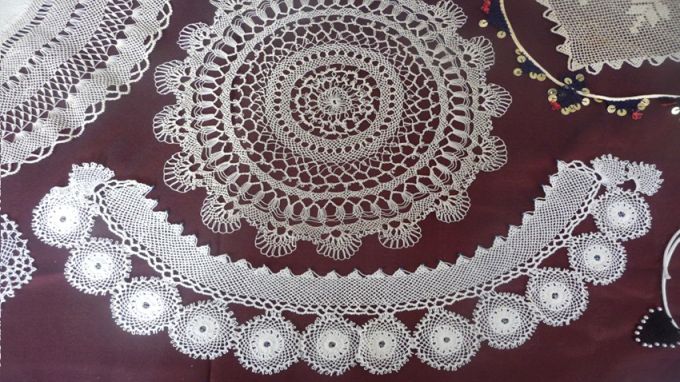 6
6
In 1909 a young girl from Kalofer, Donka Shipkova left for Sofia to learn the art of point lace. Having graduated the two year course in just one year, the energetic and enterprising young woman returned to her home town to pass her skills onto other young women. But she discarded the mandatory point lace standards, creating models all her own with typically Bulgarian stylized elements. On their part, the girls Donka tutored added more original motifs and so a new typically Bulgarian art form was born – Kalofer lace. Through the years, the art was passed on from mother to daughter, from grandmother to granddaughter to come down to us in our day.
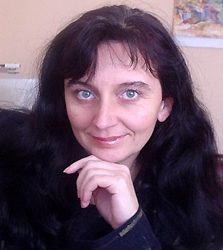 On Lace Day, marked in Kalofer on 15 August, we talked to master lacemaker Annie Yoveva:
On Lace Day, marked in Kalofer on 15 August, we talked to master lacemaker Annie Yoveva:
There are two types of lace that are most popular in Bulgaria – Kalofer lace and kene (also known as Armenian lace). What is the difference between them?
“Kalofer lace is made using shuttles and a cylinder; it is a sophisticated kind of lace, made with mathematical precision, whereas 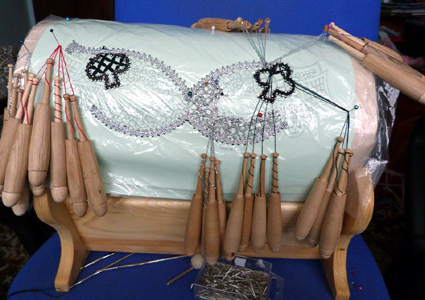 the tatted lace is made using a sewing needle and thread and needs no other preparatory material. The other difference is that there is no ready pattern that can be used; whereas with Kalofer lace there is a pattern fitted onto the cylinder and all of the knots used are indicated. With needle lace it is really difficult to attain perfection. It is made using knots, and the knots are never untwined, they are cut. If you make a mistake – you cut the knot and go on.”
the tatted lace is made using a sewing needle and thread and needs no other preparatory material. The other difference is that there is no ready pattern that can be used; whereas with Kalofer lace there is a pattern fitted onto the cylinder and all of the knots used are indicated. With needle lace it is really difficult to attain perfection. It is made using knots, and the knots are never untwined, they are cut. If you make a mistake – you cut the knot and go on.”
Once women in Bulgaria made lace using cotton or silk thread. The thinner the thread, the finer the lacework. Light colours were used – white, beige; in our day pale blue and purple is also used, for flowers brighter colours are also included. Lace is different in the different parts of Bulgaria.
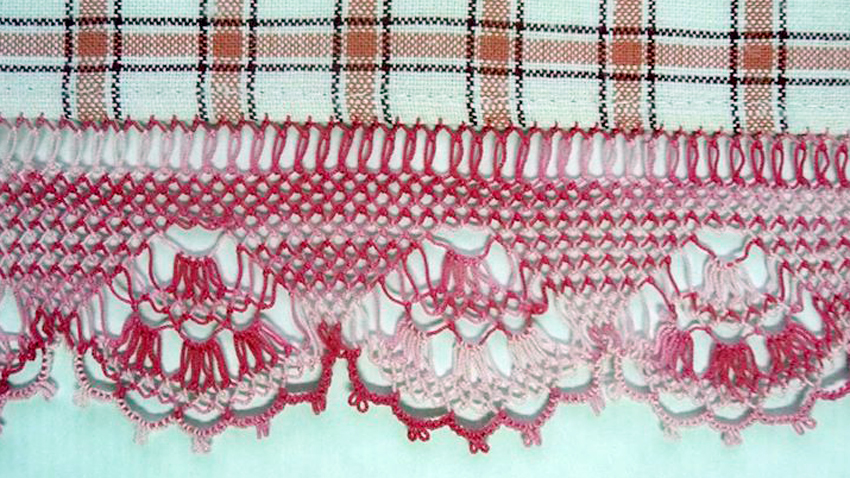
“In Kyustendil two kinds of kene lace is made. The first kind leaves more air between the elements and is more imaginative. The other type is a more compressed, compact kind of lace. It is used for ornaments known as “horo dancing” – depicting people holding hands. In the region of Samokov there is additional knitwork after the lace has been sewn - additional ornamentation is added inbetween the threads. In the Rhodopes lace is more compact and woolen thread is used. In Samokov wool is also used, mostly for aprons and the colours are green and orange, depending on what colour the skirt is,” says Annie Yoveva.
The only knitwork with horsehair woven into it is to be found in Koprivshtitsa. “The horsehair cannot in fact be seen with the naked eye, it is woven into the silken threads used and makes the lace much more sturdy and stiff. It is unparalleled!” says Annie Yoveva and adds:
“This kind of lace still holds secrets we have not unraveled – there are no master lacemakers left who could pass it onto the next generation. They used to make it following the principle: one woman does the first part then another woman takes over for the second part and a third – to finish off. So, there was no one single person who knew all of the stages of its making. More’s the pity.”
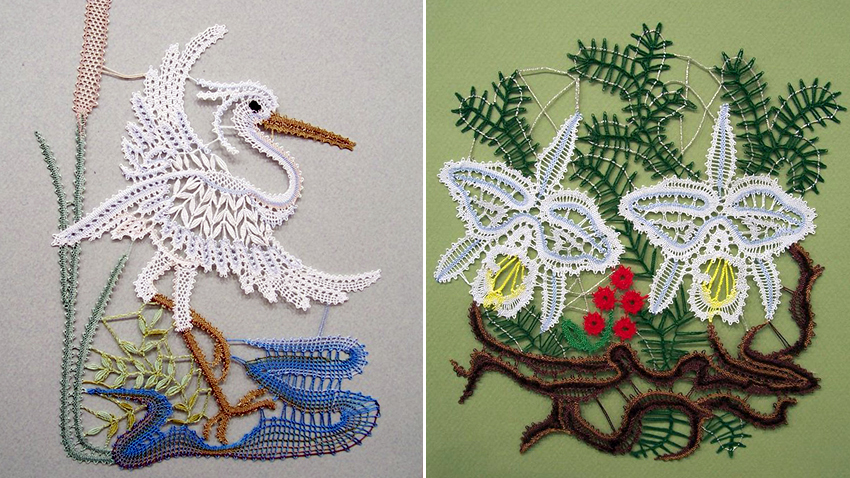
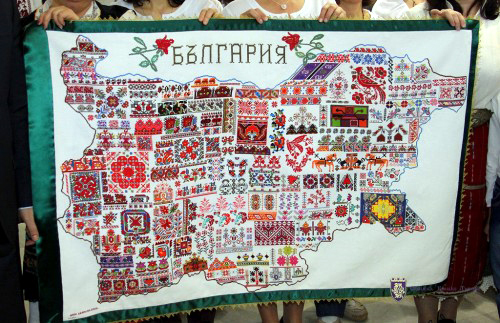
The secret of Bulgarian lacemaking and the skills it takes will certainly not vanish - interest in Kalofer and in kene lace has been rekindled thanks to different societies and organizations that have been working towards the preservation and popularization of traditional Bulgarian embroidery and lacework. In April the Sedyanka (working bee) workshop put on display a unique flag with 140 different kinds of embroidery on it from all folklore regions of Bulgaria. It took them one year to make it, with the help of Iren Yamami who has been living in Japan for many years as well as Japanese girls from the Bulgarian embroidery school there. The exquisite embroidery which makes the flag complete is the work of lacemakers from Bulgaria. The hemming is kene lace. It took Annie Yoveva and Galya Stoycheva four days to make the 5-meter lace, putting their heart and their soul into their work. The other embroidery on the flag is Kalofer lace – two red roses, the symbol of Bulgaria – made by Margarita Boneva and Dr. Lyubka Lyubenova.
English version: Milena Daynova
Photos: courtesy of Annie Yoveva and the Sedyanka WorkshopCanadian writer of Egyptian origin Eric Chacour is a quest of Radio Bulgaria during his visit to Sofia as one of the visiting speakers during the Month of Francophonie organized by the French Institute in Bulgaria . His award-winning debut novel Ce..
The upcoming exhibition of Bulgarian artist George Papazoff in Zagreb on 5 May 2025 was the focus of a meeting at the Bulgarian Embassy in the Croatian capital. The discussion brought together Diana Glasnova, Secretary General of the..
The Sofia Opera has been invited to open the opera season in Salerno, Italy on April 11 and 13 with a performance of the second part of Richard Wagner's tetralogy Der Ring des Nibelungen (The Ring of the Nibelung) - Die Walkure (The Valkyrie). This..
Canadian writer of Egyptian origin Eric Chacour is a quest of Radio Bulgaria during his visit to Sofia as one of the visiting speakers during the Month..
The upcoming exhibition of Bulgarian artist George Papazoff in Zagreb on 5 May 2025 was the focus of a meeting at the Bulgarian Embassy in the Croatian..

+359 2 9336 661
